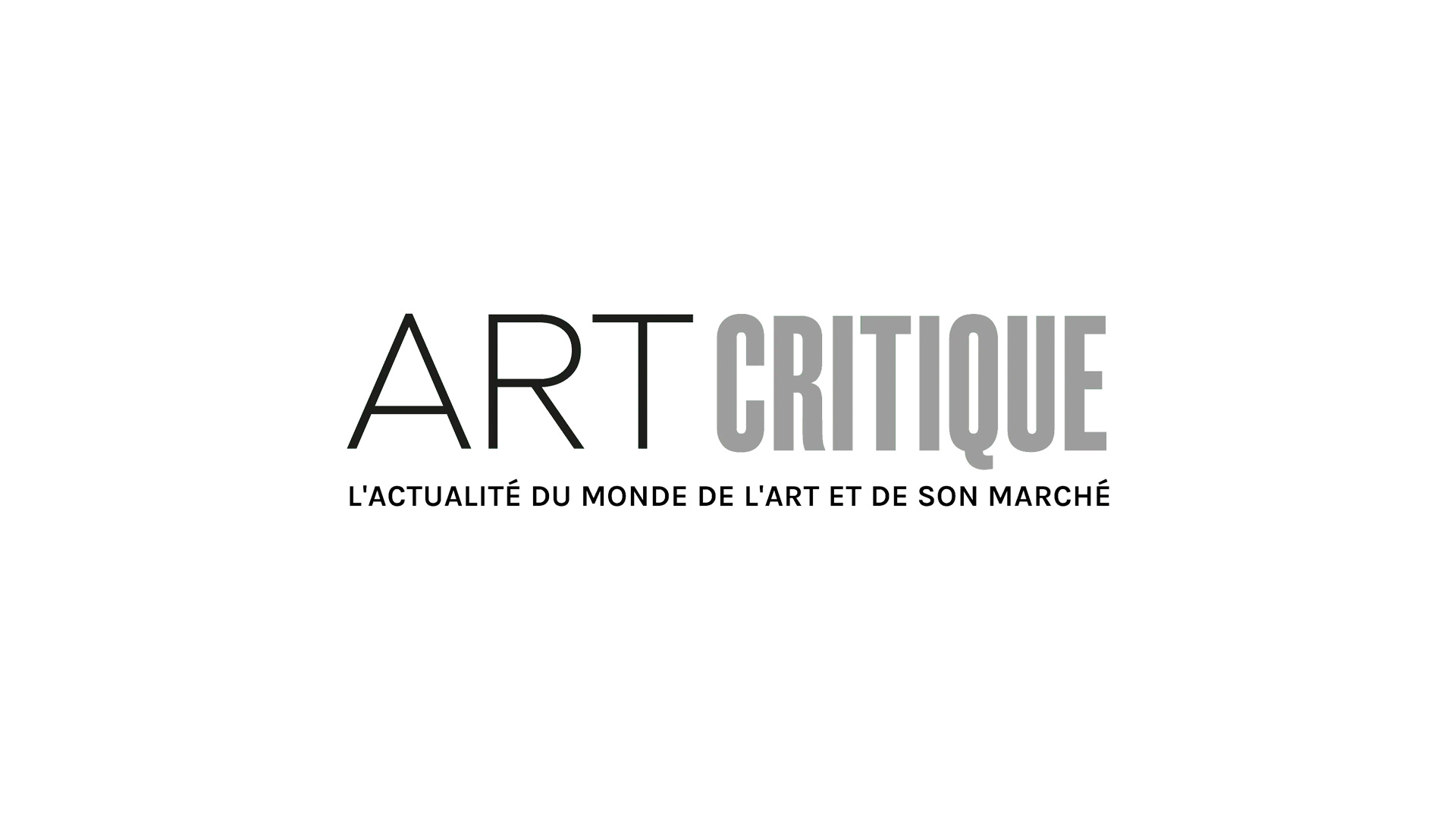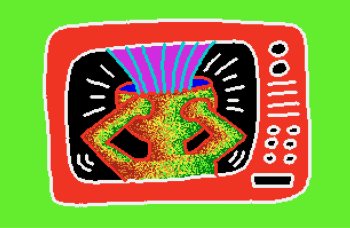More than a decade ago, a restitution claim for 200 works that once belonged to Curt Glaser, a renowned Jewish museum director, and worth an estimated $2 million (£1.6 million) was rejected by the city of Basel. In response to recent findings as well as added pressure to reconsider the case, the city has reversed their original decision and reached a settlement with Glaser’s heirs.
“It has taken a long time, but this is good news,” said Valerie Sattler, the great-niece of Glaser, and one of his heirs who fought for the works, in a statement to The New York Times. “We were initially all very skeptical that anything would change with this review.”
In 2008, Glaser’s heirs first initiated their claim for the works, which include a number of prints and drawings by artists like Henri Matisse, Auguste Rodin, Marc Chagall, and Edvard Munch, with whom Glaser was close friends. Glaser’s heirs claimed that the works were sold under duress but the Kunstmuseum in Basel upheld that they purchased the works in good faith at a 1933 auction.
The reversal of their earlier decision came after pressure built around looted artworks housed in Switzerland. In 2014, a collection of 1,500 works was discovered in Munich and Salzburg at the homes of Cornelius Gurlitt, who inherited the trove from his father, the infamous Nazi art dealer. At the time of Gurlitt’s death in 2014, he left that collection to the Bern Kunstmuseum, thus bringing into focus artworks with dubious provenances residing in Switzerland and adding pressure to the Kunstmuseum in Basel.
The final blow came in 2017 when SRF, a Swiss public television channel, looked into the history of Glaser’s collection. The SRF found that the Basel Kunstmuseum had not been entirely honest in their reports stating that the artworks were purchased in good faith. In documents recording the minutes of a 1933 meeting, artworks sold to the Basel Kunstmuseum were discussed and it was obvious that they were known to have once belonged to Glaser. Additionally, the works were sold at aggressively low prices, which were described as “fire-sale prices” and flat out “cheap.”
The SFR’s report coupled with the 2014 discovery caused the Basel Art Commission, a committee tasked with supporting and advising museums, to reopen the claim filed by Glaser’s heirs and has now prompted a different outcome to the original 2012 verdict (the result of the 2008 claims). Other museums that purchased works in that 1933 sale that once belonged to Glaser, including the Museum Ludwig in Cologne and the Hamburg Kunsthalle, have agreed to restitute artworks to his heirs.
Glaser started out as an art critic in 1902 before taking a role at the Royal Gallery of Prints in Berlin in 1909. In 1924, Glaser went on to become the director of the Kunstbibliothek (art library) in Berlin, all the while curating his own collection of works. In 1933, however, Glaser lost his role at the library when Nazis took Germany and, after selling much of his collection at auction in Berlin, fled to France. Eventually, Glaser made it to the US and died there in 1943.
The Kunstmuseum has also announced plans to curate an exhibition in 2022 alongside Glaser’s heirs to showcase the works that belonged to Glaser, highlighting his role as a “collector, art historian, critic and museum director.”





